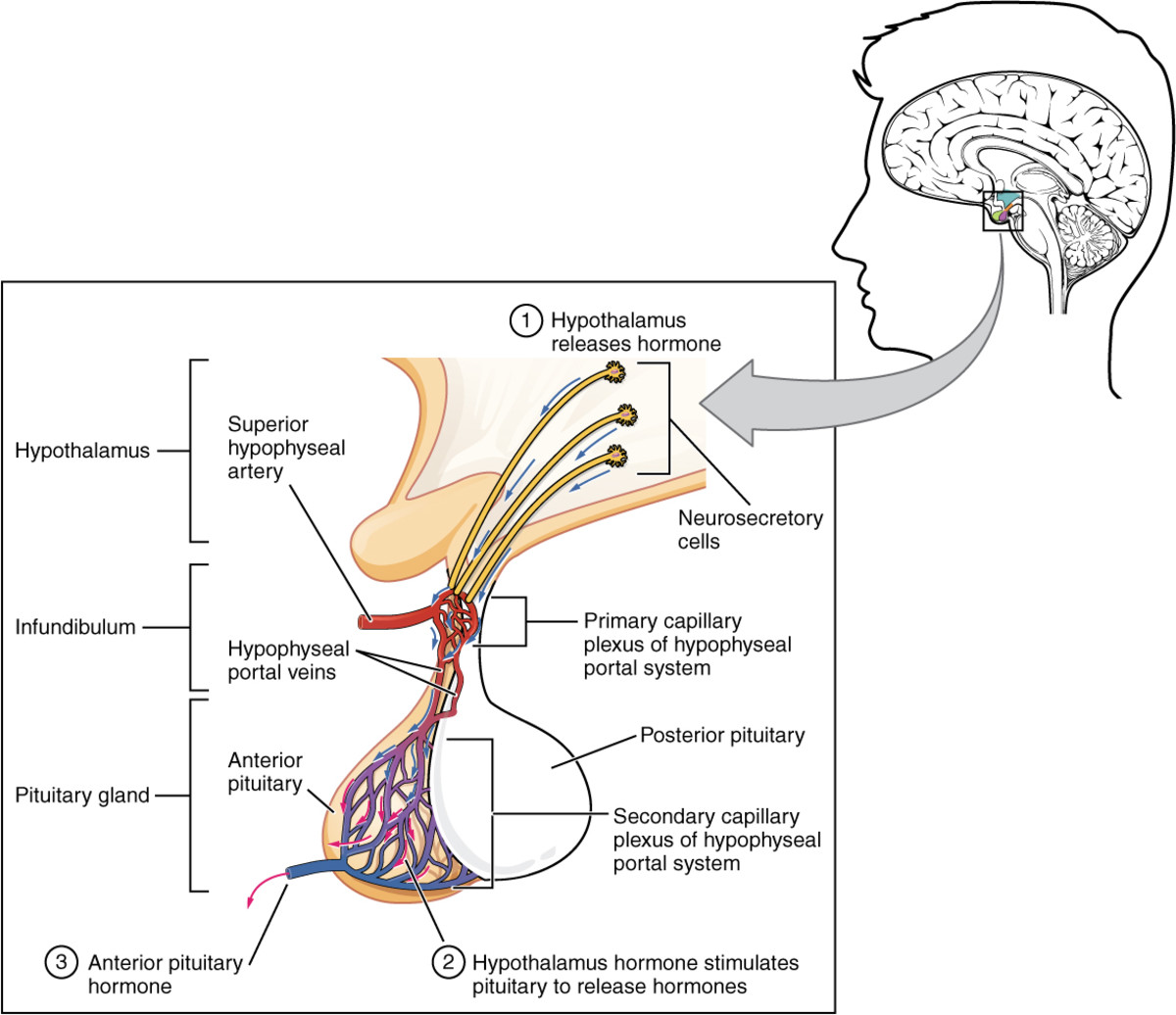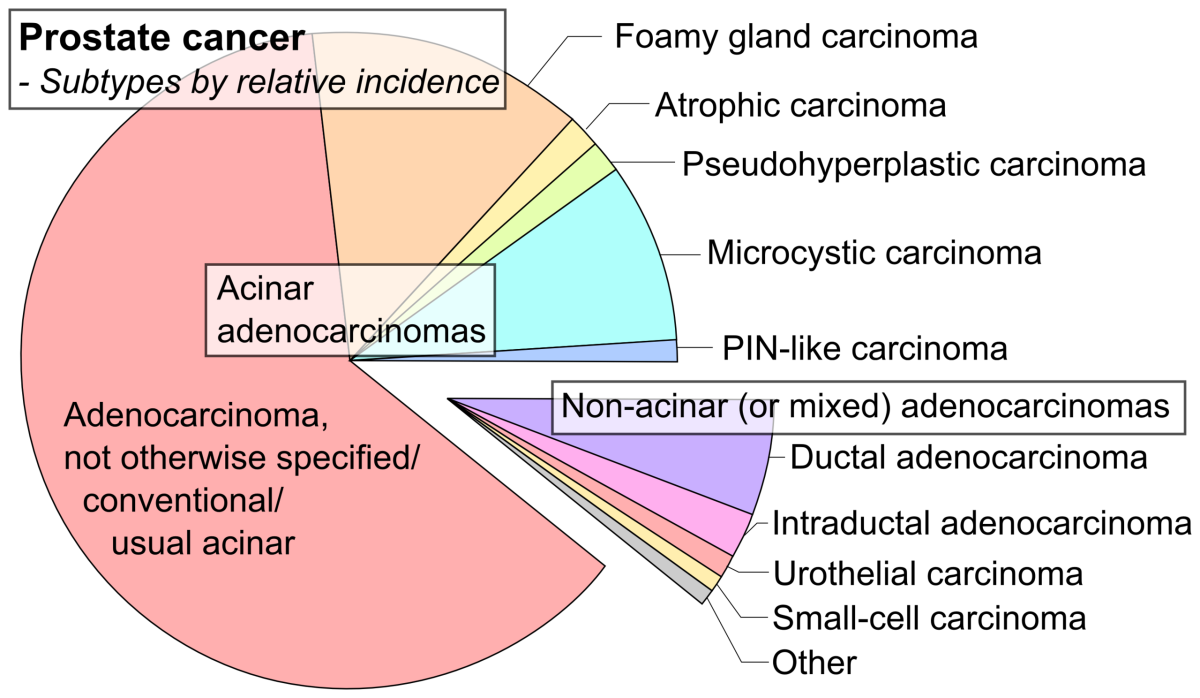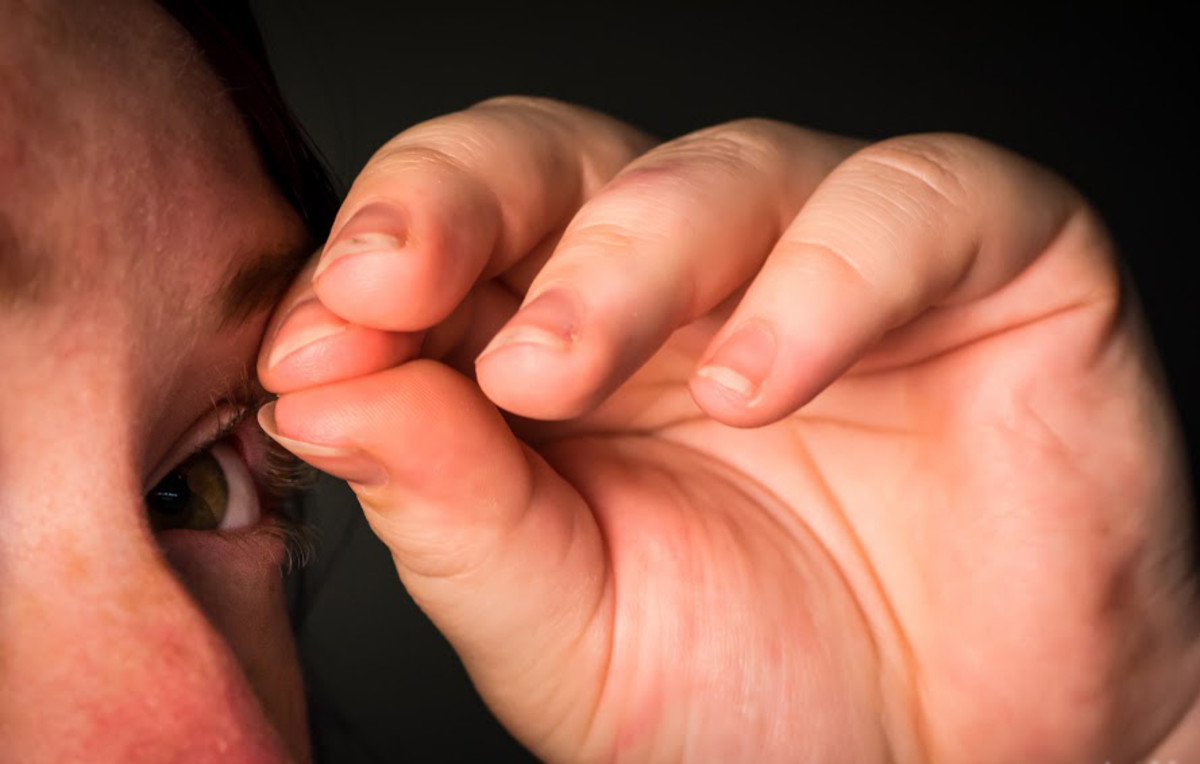Should You Recieve Hormone Replacement Therapy?
Usually, any sign of decreased testosterone is treated by giving the patient hormone replacement therapy (HRT). This may not always be the best course of action as we shall see. The most important question to ask is why the patient's testosterone is low. In some cases, HRT can actually do more harm than good, leaving the patient at the mercy of a drug company for the rest of his life.
If the low testosterone is being caused by estrogenation (conversion to estrogens) due to aromatase activity, adding more testosterone to the system is like pouring gasoline onto a fire. Giving the aromatase more testosterone which will be converted into more estrogen begins causing weight gain, gynecomastia (man boobs), and a host of other physiological nightmares including the risk of certain cancers.
Sex Hormone Binding Globulin could also be causing your low testosterone. In this case, the body is capable of producing the much needed hormone, but it gets hijacked by SHBG. Forcing more testosterone into the system simply means that more 'T' will get hijacked.
Perhaps your pituitary simply isn't sending the signals to produce testosterone. HRT may appear to work initially, but long term damage could result because testosterone is regulated by a feedback mechanism in which production is slowed as this hormone reaches optimal levels. By introducing testosterone from outside sources such as HRT, we are encouraging the body not to produce testosterone naturally, thereby causing atropy in the Leydig cells (testosterone producing cells).
Unless the hypogonadism is caused by testicular damage due to injury, illness, or atropy, other approaches may serve the patient in a far more effective manner. HRT should ONLY be used in situations where the Leydig cells are absent or dead. As I have pointed out in other blogs, a comprehensive blood test is required to determine the nature of your plight.
Keep watching my blogs as I intend to discuss each treatment course individually.








